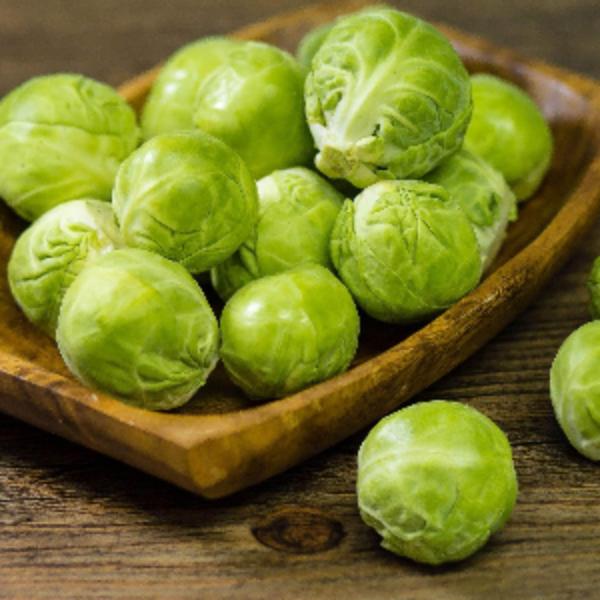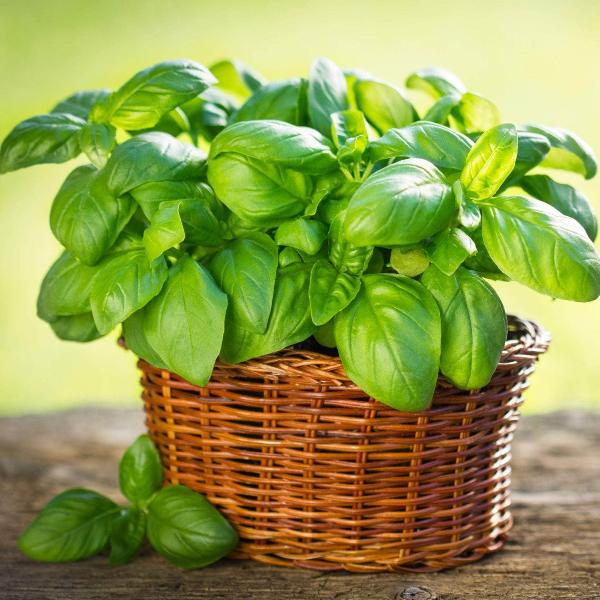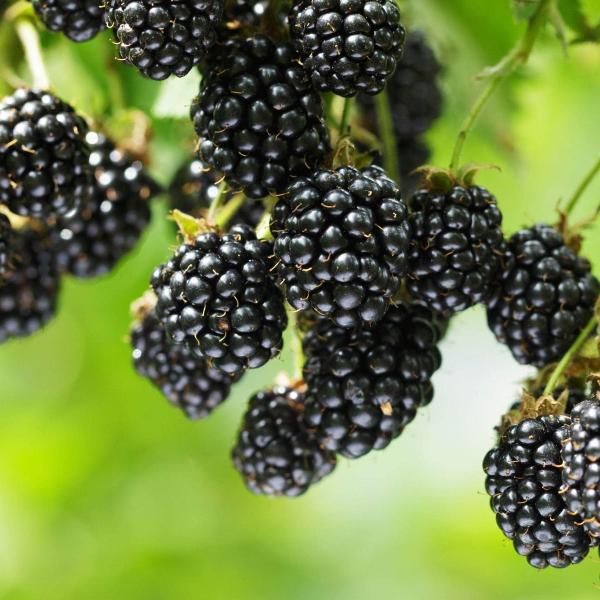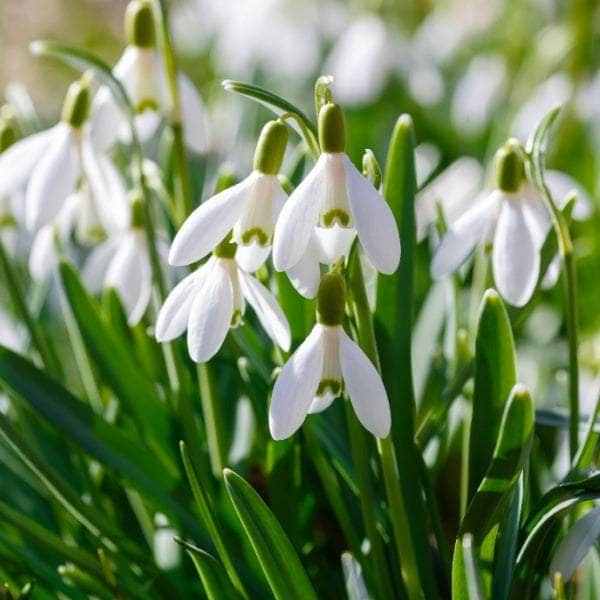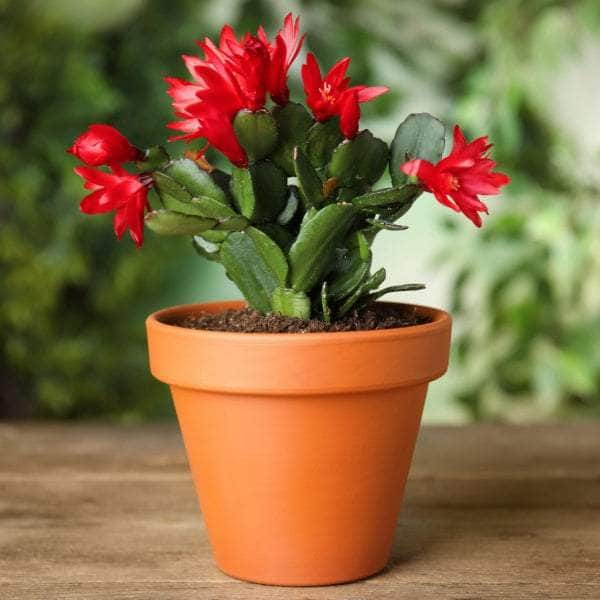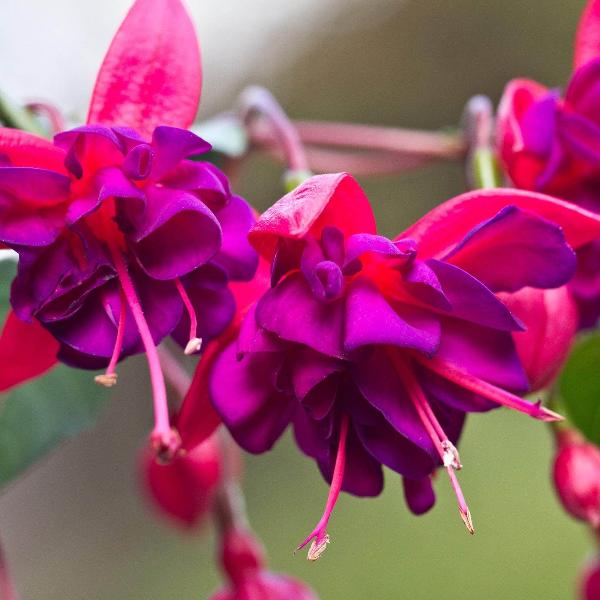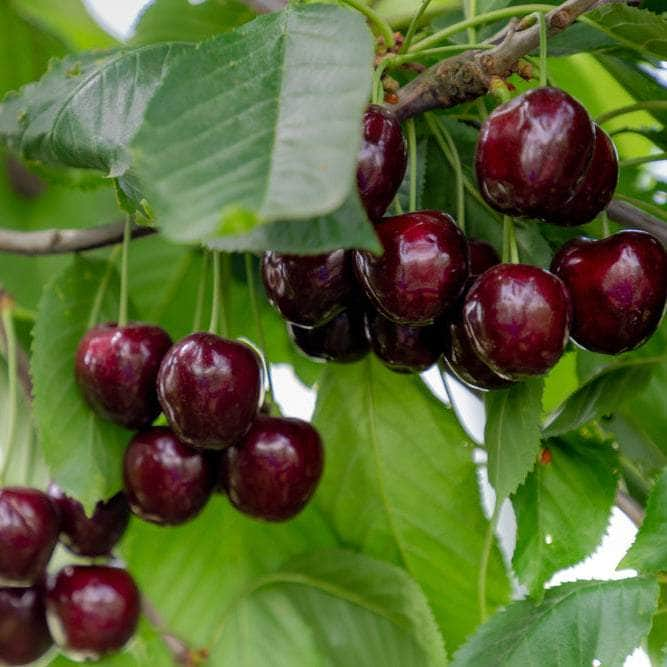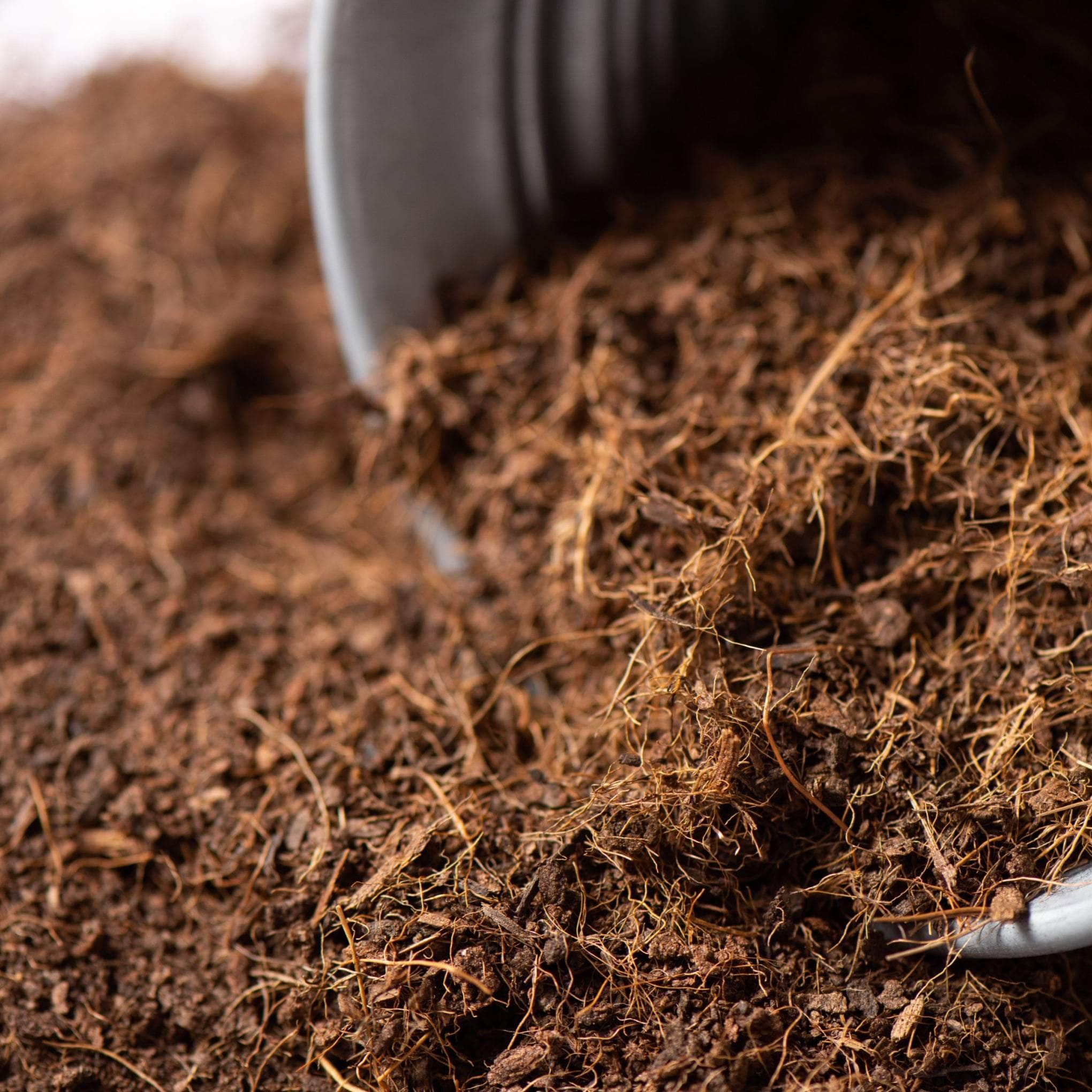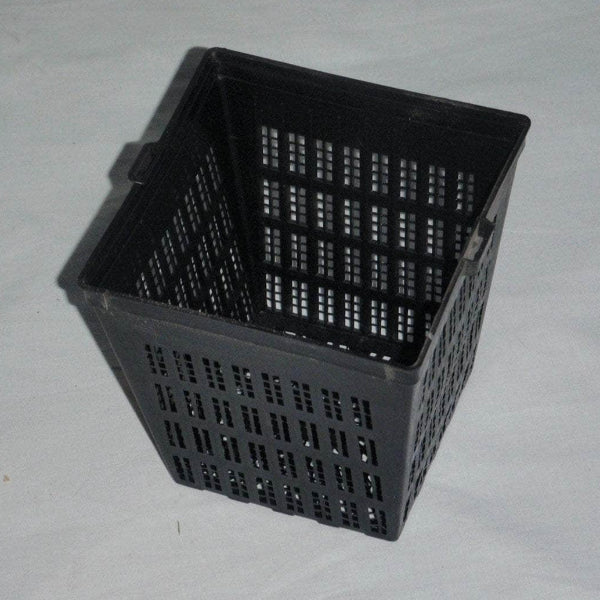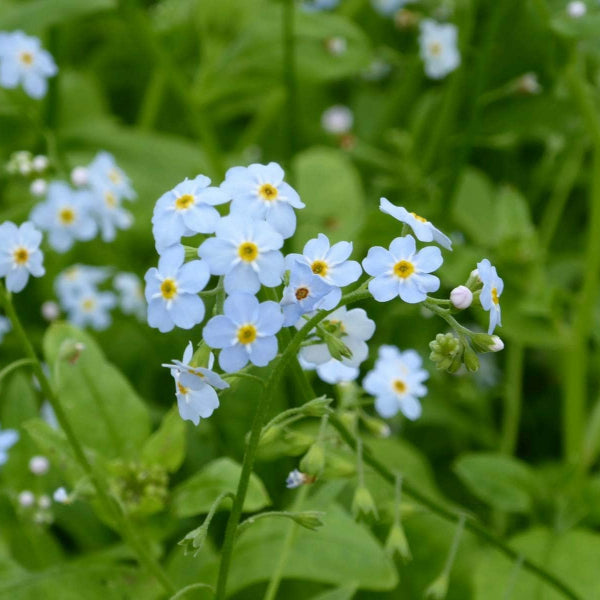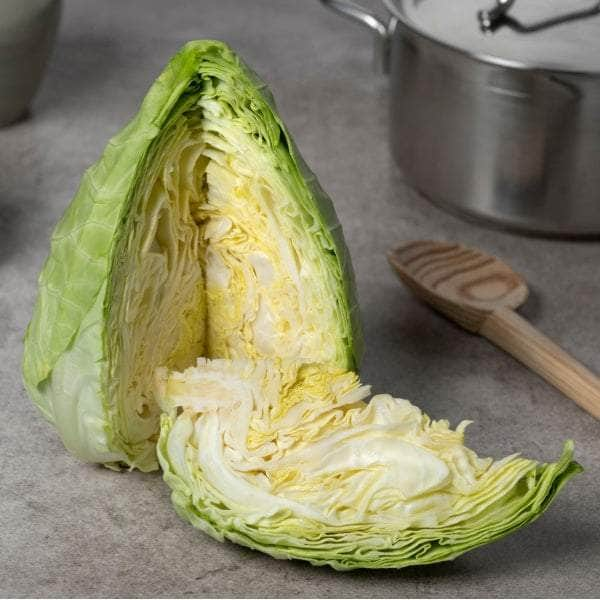The Comprehensive Guide to Growing Asparagus in Home Gardens
Welcome to our comprehensive guide on growing asparagus in your home garden. If you've ever wondered about the life cycle of an asparagus plant or how to choose the right variety for your garden, you're in the right place. We'll delve into everything from starting asparagus from seed, preparing your garden for planting, to managing pests and diseases.
Asparagus is a perennial crop that can be a rewarding addition to your vegetable garden. However, it requires a bit of patience and care. Whether you're a seasoned gardener or a beginner, this guide will provide you with the knowledge you need to cultivate a thriving asparagus bed.
So, if you're ready to dig a trench, plant the crown, and watch your asparagus emerge from the soil, let's get started. Remember, the early spring before spear growth season is the perfect time to start. Happy gardening!
Understanding Asparagus: A Simple Guide

Before we delve into the specifics of growing asparagus, it's essential to understand the plant itself. Asparagus, a perennial crop, is a unique vegetable that requires a certain level of understanding and care. This section will provide a simple guide to understanding asparagus, from its life cycle to its anatomy.
This knowledge will not only enhance your gardening skills but also deepen your appreciation for this remarkable plant. Whether you're a seasoned gardener or a beginner, understanding asparagus is the first step towards successfully growing this delicious vegetable in your home garden. Let's embark on this enlightening journey together.
The Life Cycle of an Asparagus Plant
As an asparagus enthusiast, understanding the life cycle of this magnificent perennial crop is key to successfully growing them in your home garden. The life cycle of an asparagus plant is fascinating and distinct, separated into two main phases.
In its early life, the asparagus plant begins from an asparagus seed. Once successfully germinated and sprouted, it forms a young plant, famously recognised as the asparagus crown. This plant crown phase is vital to its survival and future growth, contributing significantly towards its overall health.
Patience is an essential virtue when it comes to asparagus. They take their own sweet time to mature, but the result - a lush, productive plant - is absolutely worth the wait. Now, you can look forward to reaping the rewards of your asparagus journey. Happy gardening!
The Anatomy of an Asparagus Plant
The asparagus plant is a perennial crop that thrives in home gardens. Its unique anatomy contributes to its hardiness and longevity. One integral part of its structure is the asparagus crown. This plant crown is essentially the heart of the plant, pumping life into every spear that emerges.
As the plant matures, the crown expands, nourishing more and more spears. Consistently healthy crowns result in strong and numerous asparagus spears. Therefore, maintaining plant health is crucial for robust asparagus growth.
Another interesting aspect of the asparagus anatomy is the asparagus fern. These are not as the name suggests, edible spears, but the plant's way of harnessing energy to support its growth. They are essential for a thriving vegetable garden, providing the plant with nutrients during the cold winter months.
Choosing the Right Asparagus Variety for Your Garden

Choosing the right asparagus variety for your garden can be a game-changer. It's not just about the taste, but also about how well the plant will thrive in your specific garden conditions. With a plethora of varieties available, each with its unique characteristics, making the right choice can seem daunting. However, armed with the right knowledge, you can make an informed decision that will ensure a bountiful harvest for years to come.
In this section, we will delve into the factors you need to consider when choosing an asparagus variety, and introduce you to some popular varieties that have proven successful in home gardens. Whether you have sandy soil or heavy clay, whether you're battling plant disease or struggling with soil pH, we've got you covered. Let's embark on this journey to find the perfect asparagus variety for your garden.
Factors to Consider When Choosing an Asparagus Variety
Soil Quality and pH Level: One of the most important factors to check, even before planting, is the soil quality. Conduct a soil test to understand the kind of soil you have in your garden. For instance, asparagus is known to thrive best in sandy soil and it may struggle in a heavy clay soil. Also, the soil pH should ideally be between 6.5 and 7.5.
Resistance to Diseases: Certain asparagus varieties are more resistant to diseases than others. For instance, the 'Jersey' variety is well-known for its resistance to common asparagus problems like asparagus rust.
Plant Health and Maturity: A healthy and mature plant will ultimately give you a good yield year after year so take into account the plant's overall health and maturity as you select an asparagus variety.
Soil Moisture: Asparagus plants need consistent soil moisture, so ensure that your garden soil irrigation system can reliably maintain the required moisture level.
Popular Asparagus Varieties for Home Gardens
Erasmus: The first all-male purple asparagus, known for its sweeter flavour and tender texture, ideal for mid-early harvest and suited to zones 3-10.
Guelph Millennium: Developed in Ontario, it's a cold-tolerant, all-male variety. Known for its solid green, tasty spears and high productivity, it's particularly suitable for Canadian and northern US climates.
Jersey Giant: Part of the Jersey series, this variety produces medium to large green spears with purple bracts. It's cold-tolerant and resistant to asparagus rust, making it a healthy choice for a variety of climates.
Jersey Knight: This variety grows uniformly sized, large green spears and is highly resistant to rust. That, combined with its high tolerance against Fusarium, makes it a resilient choice for most garden climates.
Jersey Supreme: High yielding, this variety features slim green spears. It proves resistant to rust and will thrive in both cool and warm regions.
Mary Washington Improved: An open-pollinated variety that produces more spears with tighter tips. Ideal for moderate climates, as it doesn’t tolerate high heat.
Pacific Purple: A British variety, offers deep-purple, flavourful and thick spears. Patience is needed when growing from seed, as you'll be waiting 750 days for the first harvest.
Remember, choosing the right variety depends on your local climate, soil condition, and personal preferences. Explore these varieties for delicious home-grown asparagus!
How to Start Asparagus from Seed

Starting asparagus from seed can be a rewarding endeavour for any gardening enthusiast. This method, although requiring a bit more patience and care, can offer a cost-effective way to grow this perennial vegetable in your home garden. In this section, we will delve into the process of starting asparagus from seed, providing you with a step-by-step guide to ensure a successful grow season.
Remember, the journey of growing asparagus from seed is a long-term commitment. It's not just about the first year of planting the seed, but also about nurturing the seedlings through their second year and beyond. With the right care and attention, you can look forward to a bountiful harvest season year after year.
The Process of Starting Asparagus from Seed
The decision to start asparagus from seed is a rewarding one. However, the process requires diligence and patience. The journey begins with planting the asparagus seeds in a nursery bed early in the spring season. Given the right conditions, germination normally occurs within three weeks.
In the first year, asparagus seedlings need special care. These perennial plants thrive in a sunny spot with well-drained soil. It's important to regularly water the seedlings but avoid waterlogging, which can lead to weakening of the plant.
During the second year, the seedlings are strong enough to be transplanted to their permanent growing location. It's pivotal to carefully uproot the plants to avoid damaging the delicate roots. Early spring, before the spear (asparagus stem) starts showing, is the best time in the season for this task.
From the third year onwards, you can look forward to the grow season, which comes just before the harvest season. The reward of seeing sprouting asparagus is enough to revisit the decision of growing this vegetable from seed every year.
Tips for Successful Asparagus Germination
Choose Your Seed Wisely: Make sure you select viable asparagus seeds from a trusted source to ensure successful germination. Freshness is key - ideally, use the seeds in their first year.
Timing is Crucial: Initiate the seeding process 12 to 14 weeks before the last frost date of spring. This will give the fledgling asparagus plants enough time to establish before the grow season commences.
Seed Soaking: Before sowing the asparagus seeds, soak them in water for a few hours. This pre-germination step can accelerate the entire germination process.
Optimum Temperature: The temperature of your seed-starting medium should remain between 60° and 85° for the seeds to germinate in eight to 12 days.
Prepare a Nursery Bed: Dedicate a part of your garden as a nursery bed for young asparagus plants to grow during their first year. Keep the nursery bed weed-free as unwanted plants can hinder asparagus germination.
Keep the Seedlings Warm: Use mulch or straw to keep the nursery bed warm during winter, safeguarding the asparagus seeds from severe frost.
Following these steps can contribute to a successful asparagus germination and ensure a healthy start to your home asparagus cultivation journey. Remember, the first year is all about growth, allowing your asparagus plants to establish themselves. You can look forward to a potential early spring harvest from the second year onwards.
Preparing Your Garden for Asparagus Planting

Before you can enjoy the fruits of your labour, or in this case, the spears of your asparagus, there's a crucial step you need to take - preparing your garden for asparagus planting. This process is not as daunting as it may seem, and with a little bit of effort, you can create the perfect environment for your asparagus to thrive.
The key to a successful asparagus bed lies in the soil. Whether you're dealing with sandy soil or heavy clay soil, understanding how to prepare and improve these conditions can make all the difference. From conducting a soil test to knowing how to dig a trench for your asparagus, we'll guide you through each step. So, let's get your garden ready for planting asparagus!
Steps to Prepare Your Asparagus Bed
Alright, let's dive right into establishing the perfect environment for your asparagus bed.
Identify the ideal site: Start by choosing a spot in your yard and garden that gets full sunlight.
Perform a soil test: A thorough soil test will reveal the current pH and nutrient availability in your garden. Asparagus does well in slightly acidic to neutral pH.
Prepare the ground: Remove any weeds or rocks present. Then, using a shovel, dig a trench that is approximately 15 inches wide and 6-8 inches deep for your asparagus bed.
Amend the soil: Asparagus prefers sandy or light clay soil. If you have heavy clay soil, consider adding organic matter like compost or well-rotted manure to improve its texture and increase soil moisture holding capacity.
Prepare for planting: At the base of the trench, make a 2-inch-high mound of soil. On this, you will plant the crown of asparagus. The buds should be pointing up and roots down. Then, over the crown, add ~3 inches of soil.
Remember that asparagus is a long-term plant that will happily emerge from the soil each year with a little bit of love and care. Treat your asparagus bed right, and you'll be rewarded with lots of tender shoots!
How to Improve Soil Conditions for Asparagus
Preparing your garden's soil to support the growth of asparagus is a crucial step. Start by conducting a soil test. This not only aids in understanding the current condition of your soil, but it also provides an insight into which nutrients your yard and garden are lacking.
If the test reveals sandy soil or heavy clay soil, don't panic. Both types of soil can produce excellent asparagus under the right conditions. For sandy soil, boost moisture retention by adding well-decomposed compost.
The goal is to provide the asparagus bed with enough soil moisture to support life but not so much that the planting crown cannot emerge from the soil. It's all about balance. With these steps, your soil should be primed and ready for planting asparagus.
Planting and Growing Asparagus in Your Garden

Embarking on the journey of planting and growing asparagus in your garden can be a rewarding experience. This section will guide you through the process, from planting the asparagus crowns to nurturing the young plants to maturity.
Asparagus, a perennial plant, requires careful planning and preparation. The process may seem daunting at first, but with patience and the right techniques, you can cultivate a thriving asparagus patch that will yield bountiful harvests for years to come.
The Process of Planting Asparagus Crowns
The process of planting asparagus crowns requires careful attention, but the rewards are indeed worth the effort. The crowns are regarded as small mounds or roots which eventually sprout and become fruitful 'asparagus plants'. Consider planting crowns instead of growing from seed, it's quicker and easier to establish.
Planting should commence in early spring, ideally when soil temperatures are above 50 degrees Fahrenheit. It's a 'plant the crown and wait' kind of game for the first year, where patience truly is key.
Typically, you'd need to plant these crowns 12-18 inches apart per square foot in trenches that are 6-8 inches deep. Asparagus thrives in organically rich soil with proper drainage to prevent water-log, so ensure that your garden bed checks these boxes.
While the growth in the first year after planting will be below par, the second year brings forth a bountiful harvest. Just remember, as in life, cultivating asparagus is about quality, not speed. Patience in the first year ensures thriving plants in the second year and beyond.
How to Care for Your Asparagus Plants
Caring for your asparagus plant is a crucial step in the process and can greatly impact the yield you'll eventually enjoy. It starts right after you plant the crown. Over the first year, consistent watering and weeding are essential. Emphasis should be on fostering strong root growth, which is the foundation of a healthy plant.
Just as important is the young plant's grow season. The spring following the initial planting, often in early spring, is crucial. It's a time when the young plant is strengthening itself. The more energy it can gather during this period, the better the asparagus will taste and the more the plant will yield in the future.
On the second year, your plant will require even more attention. Humbly endure through the phase where it does not produce any harvestable asparagus. Rein in the temptation to cut the spears; it's essential for the plant to develop a strong fern growth.
Managing Pests and Diseases in Asparagus

Growing asparagus in your home garden can be a rewarding experience, but it's not without its challenges. One of the most significant hurdles you'll face is managing pests and diseases that can harm your asparagus plants. From asparagus rust to beetles, these issues can affect the health of your asparagus ferns, spears, and crowns, impacting your harvest.
In the following sections, we'll delve into the common pests and diseases that can affect your asparagus plants and provide practical advice on how to manage them. We'll also discuss effective weed management strategies to ensure your asparagus beds remain healthy and productive. So, whether you're a seasoned gardener or a beginner, this guide will equip you with the knowledge you need to grow thriving asparagus plants.
Common Pests and Diseases in Asparagus and How to Manage Them
Asparagus Rust: Recognised by orange, oval pustules forming on asparagus fern, this fungus is a common issue. Combat this using rust-resistant cultivars and apply specific fungicides as a preventive measure.
Asparagus Beetle: These pests pose significant threats to your asparagus plant health, damaging both spears and ferns. Keep the beetles in check with organic solutions like neem oil or introduce natural predators like ladybirds.
Fusarium Wilt: This soil-borne plant disease causes wilting and yellowing of asparagus fern. To manage it, ensure proper drainage and avoid planting asparagus crowns in previously infested soil.
A healthy asparagus plant is generally more resistant to pest disease, so make sure to provide your plants with appropriate care and nourishment. This way, you can enjoy green, succulent asparagus spears right from your home garden.
Effective Weed Management in Asparagus Beds
Managing weeds effectively in your asparagus plots can greatly boost the productivity and health of your plants. The first step in curbing the weed menace is ensuring that you don't establish your asparagus bed in a field infested with pernicious weeds such as quackgrass that proliferate via rhizomes. If necessary, precede asparagus planting with a year-long intensive weed eradication programme, which may involve mechanical or hand cultivation, or even the judicious use of sanctioned herbicides.
Regular and systematic hand weeding can be one of the most effective ways to control weeds in smaller asparagus patches. For the most stubborn weeds like Canada thistles and quackgrass, hand removal, despite being labour intensive, has proven to be considerably effective. It is crucial to remember that weed management in asparagus is about timing and technique. Cultivation of asparagus rows should be avoided during the harvest season as it can damage emerging asparagus spears.
Strategic mulching with straw, leaves or pine needles can work wonders to keep weeds at bay and conserve moisture. However, thick mulches could potentially delay asparagus spear emergence in spring due to their heat retention effects. Therefore, it's advisable to push mulch away from the rows in early spring to let the soil warm up and the spears to sprout without hindrance.
For larger asparagus gardens with multiple rows, implementing a cover crop system between the rows can help compete with invading weeds without necessitating ground disturbance through cultivation. Perennial plants such as fescues, ryegrass and clover might serve as suitable cover crops. Finally, remember that good weed management is the cornerstone of a fruitful asparagus garden.
Harvesting and Storing Asparagus

In the journey of growing asparagus, the final steps of harvesting and storing are crucial. These stages determine the quality and longevity of your produce. The process of harvesting asparagus is an art in itself, requiring careful timing and technique. Similarly, storing asparagus requires specific methods to ensure the spears remain fresh and flavourful. This section will guide you through these important stages, providing you with the knowledge to reap the best from your asparagus bed.
Understanding the right time in the season to harvest and the best practices for storing asparagus can significantly impact the taste and texture of your homegrown spears. Whether you're a seasoned gardener or a beginner, these tips will help you make the most of your asparagus plant's grow season. Let's delve into the world of asparagus harvesting and storage.
When and How to Harvest Asparagus
Harvesting asparagus should be a careful process, tailored to the growth stages of the plant. Typically, you should not harvest asparagus until the third year after planting the crown. The plants need at least two full seasons to build up food reserves to sustain successful harvests. In the third year, harvest only 2 to 3 weeks, and in subsequent years, extend that period from 6 to 8 weeks.
When the harvest season arrives, look for asparagus spears that are anywhere from 6 to 8 inches tall. These signify that they're primed for collection. Avoid cutting too deep as to not injure any spears beneath the soil surface. Ideally, you would either snap or cut the spears at ground level.
The aim is to ensure the asparagus plants' health throughout the growth season. To put it simply, treat your aspiring asparagus bed with care, and it will reward you with a bountiful harvest in due time!
Best Practices for Storing Asparagus
With the spring season brings the harvest of fresh asparagus, but it also raises a question: how best to store this delectable produce? The key to maintaining the spear's flavour and sugar content is prompt and proper storage. So, before you rush to your asparagus row to reap the benefits of your hard work and patience over the growing season, brace yourself with these storage tips.
When keeping asparagus in the fridge, ensure they don't keep for more than two or three days as it quickly loses its quality post-harvest. In order to maintain both the freshness and the plant health, wrap the stem ends in a damp paper towel and place the bundle inside a plastic bag. Store this setup in your refrigerator's crisper drawer where the cooled and humid environment will help to delay their deterioration.
A variation of this method is spacing the spears in a cup of water, make sure you have about one inch of clean water. However, this trick requires ample fridge space. Remember to change the water daily to keep it clean and prolong the asparagus' lifespan.
If you aim to store your asparagus for a longer period, say a week or beyond, consider blanching them. Drop the spears in boiling water for three to five minutes, then quickly cool them in cold water. This method helps to retain the lively spring green colour and the sweet flavour of your homegrown asparagus. After cooling, wrap the asparagus in a cover and place them in the freezer for future delights.
Final Thoughts on Growing Asparagus in Home Gardens

Growing asparagus in your home garden can be a rewarding experience. It's a perennial crop that, once established, can provide a bountiful harvest season after season. Remember, the key to a successful asparagus bed lies in the preparation.
Conduct a soil test, choose the right variety, and prepare your asparagus bed in early spring before spear emergence.
In the first year, focus on nurturing the young plant's root system. By the second year, you'll be ready to enjoy your first harvest. Keep an eye out for common pests and diseases, and manage weeds efficiently to ensure plant health.
In conclusion, growing asparagus from seed may require patience, but the reward of fresh, home-grown asparagus spears is well worth the effort. Happy gardening!


